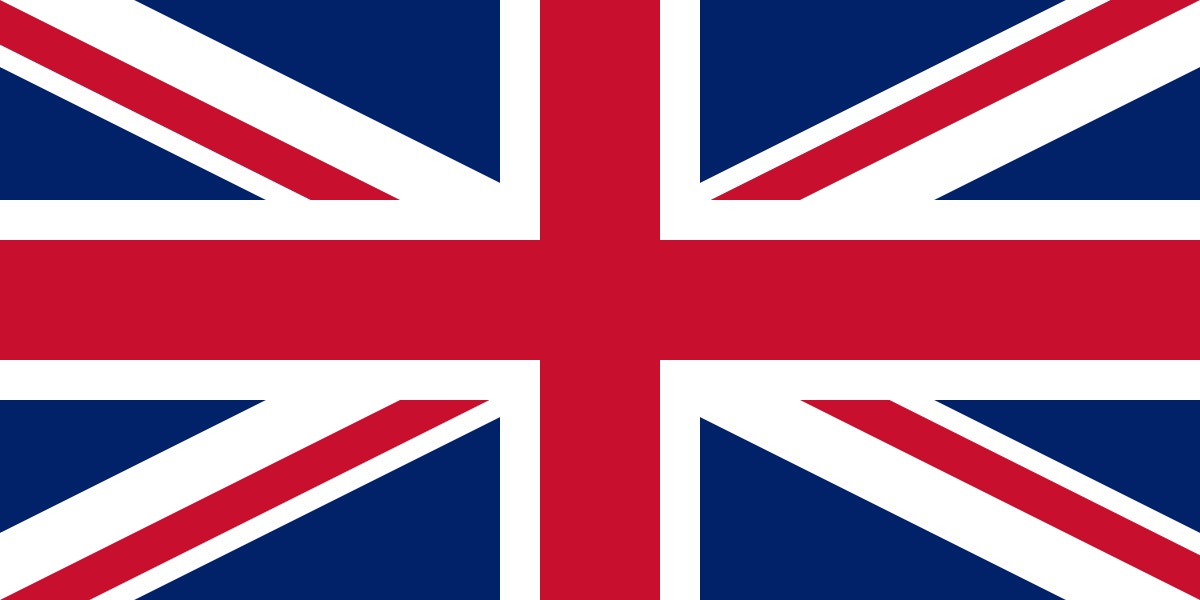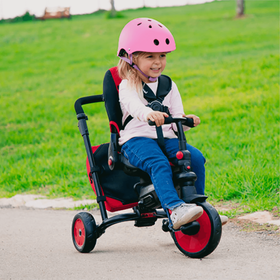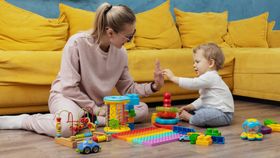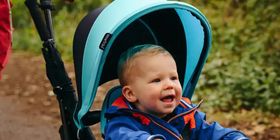Please choose a market from our global website network for local availability and information.
Choose country


We address common concerns parents have about their baby’s or child’s developmental stages. We also provide expert answers to frequently asked questions about strollers, trikes, bikes, and more.
Child development is a fascinating and exciting journey, but for new parents, it can also be filled with uncertainty and questions. One common question that parents often have is when their children w
Asked 2 years ago
As your baby grows and develops, you might have concerns about their physical development, especially when it comes to standing and walking. One common question parents ask is whether their baby can b
Asked 2 years ago
Navigating your baby's first milestones can be both thrilling and nerve-racking. It feels like just yesterday you were cradling a newborn, and now your home is a flurry of activity as your baby starts
Asked 2 years ago
Every stage of your baby's growth brings its unique blend of excitement and anticipation. One such momentous milestone is crawling—a key step in their physical development that is as exciting for pare
Asked 2 years ago
Crawling is an important milestone in a baby's development and their journey towards independence. It's a crucial gross motor skill that paves the way for future locomotive abilities like standing and
Asked 2 years ago

Ruchita Dhavade
April 13, 2023

Tatiana Kopyrina
April 17, 2023

Davor Štefanović
May 3, 2023

Malika Yuldasheva
May 12, 2023

Jaya Narinesingh
September 11, 2023
Tatiana Kopyrina
Jaya Narinesingh
Sign up and get exclusive offers, smarT Head Start articles and insights, new product updates, and more.
We don't email often. Unsubscribe anytime.